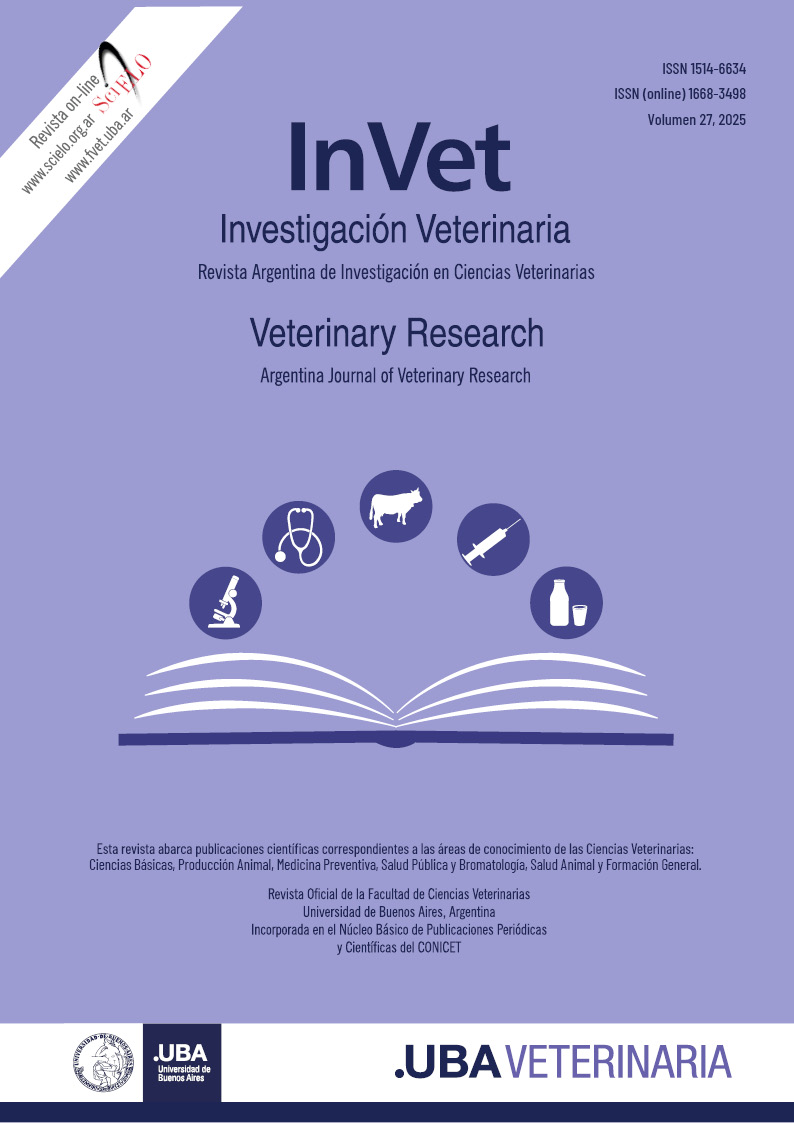Bone remodelling: age-related changes in markers of bone formation and resorption associated with falling oestrogen levels in female rats
DOI:
https://doi.org/10.62168/invet.v27i1.47Keywords:
bone markers, hypoestrogenism, ovariectomy, mineral absorptionAbstract
Biochemical markers identify the level of bone remodelling. The aim was to determine the levels of CTX, OCN and the OCN/CTX ratio as a function of age and to assess changes due to ovariectomy-induced
oestrogen deficiency (OVX) in female Wistar rats. OCN and CTX were assessed and the OCN/CTX ratio was calculated in newborn, 21, 45, 60, 90, 105 and 150-day-old animals (n=8/group). The percentage change (%) from the newborn level was determined. OVX and SHAM rats were fed either Commercial diet or AIN-93M. OVX was performed at 45 days of age and proximal tibial BMD change (by DEXA) was assessed at 90 days in rats fed AIN-93M. OCN and CTX levels and OCN/CTX ratio were compared between the two groups at 90 and 105 days of age. OCN increased and CTX showed progressive decreases with age, stabilising at 90 days. The OCN/CTX ratio peaked at 90 days and decreased thereafter. OVX increased OCN in rats fed AIN-93M and did not vary with commercial diet; CTX increased with both diets. OVX decreased proximal tibia BMD relative to SHAM. Conclusions: Markers varied with age and the increase by OVX was diet-dependent, highlighting the importance of calcium, phosphorus and their relationship for bone health. Absolute values of OCN and CTX would allow establishing reference levels in female rats fed with commercial diet.
Downloads
Downloads
Published
Issue
Section
License
Copyright (c) 2025 Estefanía Magalí Zeni Coronel, Gabriel Bryk, Marina Soledad Bonanno, Mariana Seijo, Susana Noemí Zeni

This work is licensed under a Creative Commons Attribution-NonCommercial-NoDerivatives 4.0 International License.













